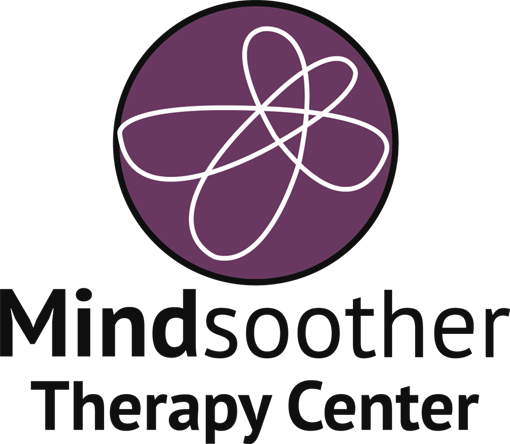Eating Disorder vs. Disordered Eating: How to Tell the Difference
Do you have a difficult or out-of-control relationship with food? Do you struggle with eating or with your body image? You may potentially have an eating disorder, or it could be disordered eating. It’s often difficult for people to determine if or when their disordered eating habits develop into an eating disorder. Many wonder, “How do I know it’s really a problem?”
Disordered eating habits are fairly common, and unfortunately normalized in our society. Perhaps you eat when you are bored or upset (you may not actually be hungry at the time), or you eat the same thing for breakfast each morning. Disordered eating behaviors can be precursors to more alarming behaviors that fall into the “eating disorder” realm.
However, you can engage in disordered eating without having a more serious eating disorder. Read more about some key differences between the two...
Level of Rigidity and Inflexibility –
You can distinguish between what may be disordered eating versus a full-blown eating disorder by considering how much rigidity you have regarding meals and food choices. It’s not always bad to follow a specific diet to boost overall health. However, feeling extreme distress when you’re in a situation that calls for more food flexibility can indicate an eating disorder. If you are unwilling to break your “diet” for special occasions such as holidays and birthdays, or simply when going out to dinner with friends, is cause for concern. If your eating behavior interferes with your life or your ability to function normally, it may be a sign of a more serious condition.
Negative and/or Distorted Body Image –
Another indication of an eating disorder is the coupling of obsessive thoughts related to size or weight, and the presence of “goal weights” that continue to decrease. Someone who engages in disordered eating habits may have some negative thoughts about his or her body; however, he or she is able to challenge these thoughts and identify why they may be irrational. People struggling with an eating disorder, however, are unable to recognize why these thoughts may be distorted. Instead of questioning these thoughts or wanting to make a change, the beliefs may worsen or become more obsessive over time.
Refusal to Listen to Hunger Cues or Eat Intuitively –
Intuitive eating is a natural process that allows us to listen to our bodies’ hunger cues and feed ourselves appropriately. We feed ourselves when we feel hungry (when our stomachs growl, for example), and stop eating once we feel full. Those who follow a set of food rules, or who have a slightly distorted relationship with food, usually still listen to hunger cues and nourish themselves appropriately. People who struggle with an eating disorder, however, actively ignore and attempt to suppress or alter their bodies’ hunger cues. When people with eating disorders do give in and listen to their hunger cues, it is often coupled with extreme guilt. In this way, their eating patterns get in the way of their ability to function normally.
It's not easy to tell the difference between disordered eating and an eating disorder. Understanding the distinction takes time and practice. It is important to begin to recognize the difference, for yourself or for someone you care about. Disordered eating may develop into an eating disorder; nevertheless, not everyone who engages in disordered eating will have an eating disorder.
If you are concerned that you or a loved one may have an eating disorder, you should seek professional assistance for proper diagnosis and treatment. Understanding disordered eating and eating disorders is the first step in supporting those who struggle with eating.

